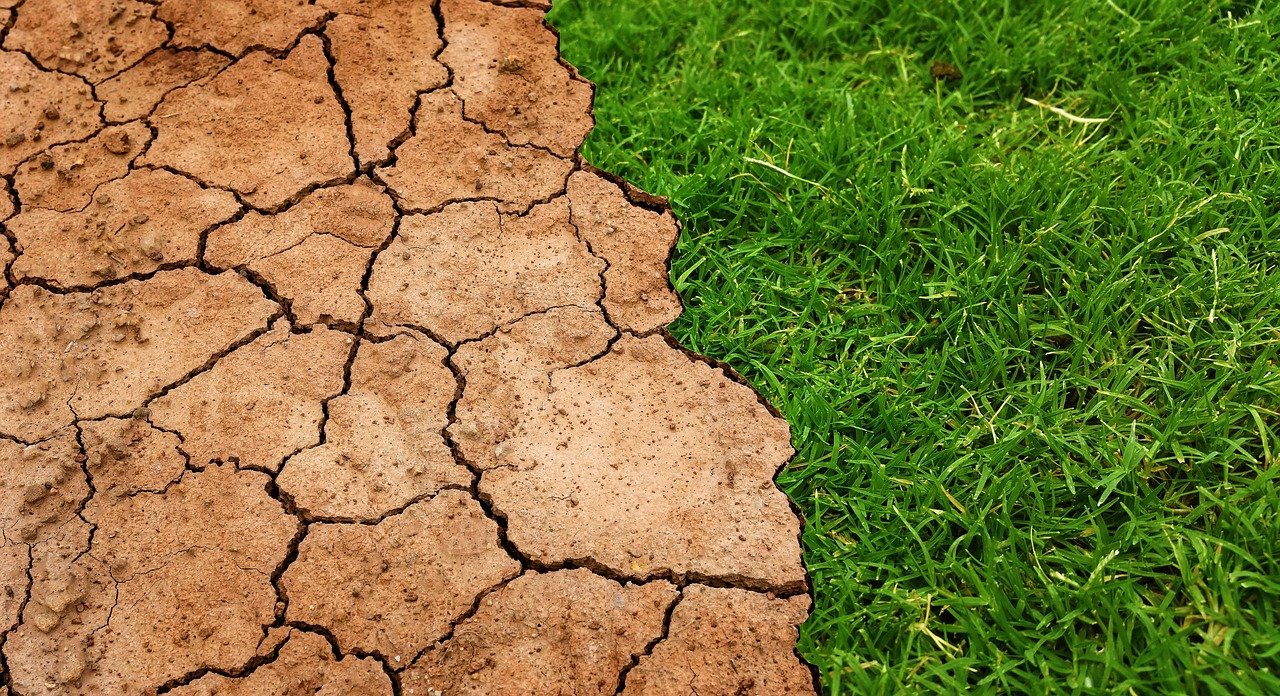The EU supports LIS Data Solutions’ REPOSAT project
Improving environmental management and conservation with AI and Data Science

Improving environmental management and conservation with AI and Data Science
The European Union (EU) has supported the REPOSAT project, developed by LIS Data Solutions and aimed at improving the management and conservation of the environment with Data Science and Artificial Intelligence (AI). The project consists of the creation of a repository of empowered satellite images, both current and historical, to generate a source of information providing added value to sectors such as agriculture, the environment or renewable energies.
The objective of the project, which has been co-financed by the European Regional Development Fund (ERDF), is to provide accurate, reliable and continuous information on the terrain to the user to improve the management and conservation of the environment, understand and mitigate the effects of change. climate and ensure civil security. This information will be provided by current, updated and historical satellite images, which will be processed and optimized, and which can be requested through a web application.
The information will be transmitted in the form of calculated indices of vegetation, humidity, soil desertification, and water vapor in the environment. This data is meant to enhance decision-making in surface management and will be accessible from anywhere in the world instantly. In this way, REPOSAT will improve the technological level of the target sectors, especially agriculture.
AI applied to agriculture
The report ‘Climate change, impacts and vulnerability in Europe 2016’, published by the European Environment Agency (EEA), points out the Iberian Peninsula as one of the critical points of the effects of climate change. The increase in maximum temperatures and the decrease in precipitation will cause an increased risk of extreme events, such as prolonged droughts. This will mean that irrigation water becomes an increasingly scarce and limiting resource, making its efficient use absolutely necessary.
Applying new technologies such as AI solutions to agriculture appears to be a solution to these problems, since it makes it possible to consider intra-plot variability in farm management. In addition, these types of tools provide a large amount of precision information that can be consulted in real time on the computer or mobile phone, facilitating decision making.
Therefore, AI-powered solutions will allow a more efficient use of irrigation water, fertilizers and phytosanitary products, increasing the profitability of farms through a reduction in costs and minimizing the environmental impact as a consequence of adjusting to the real requirements of the farmers. crops.

